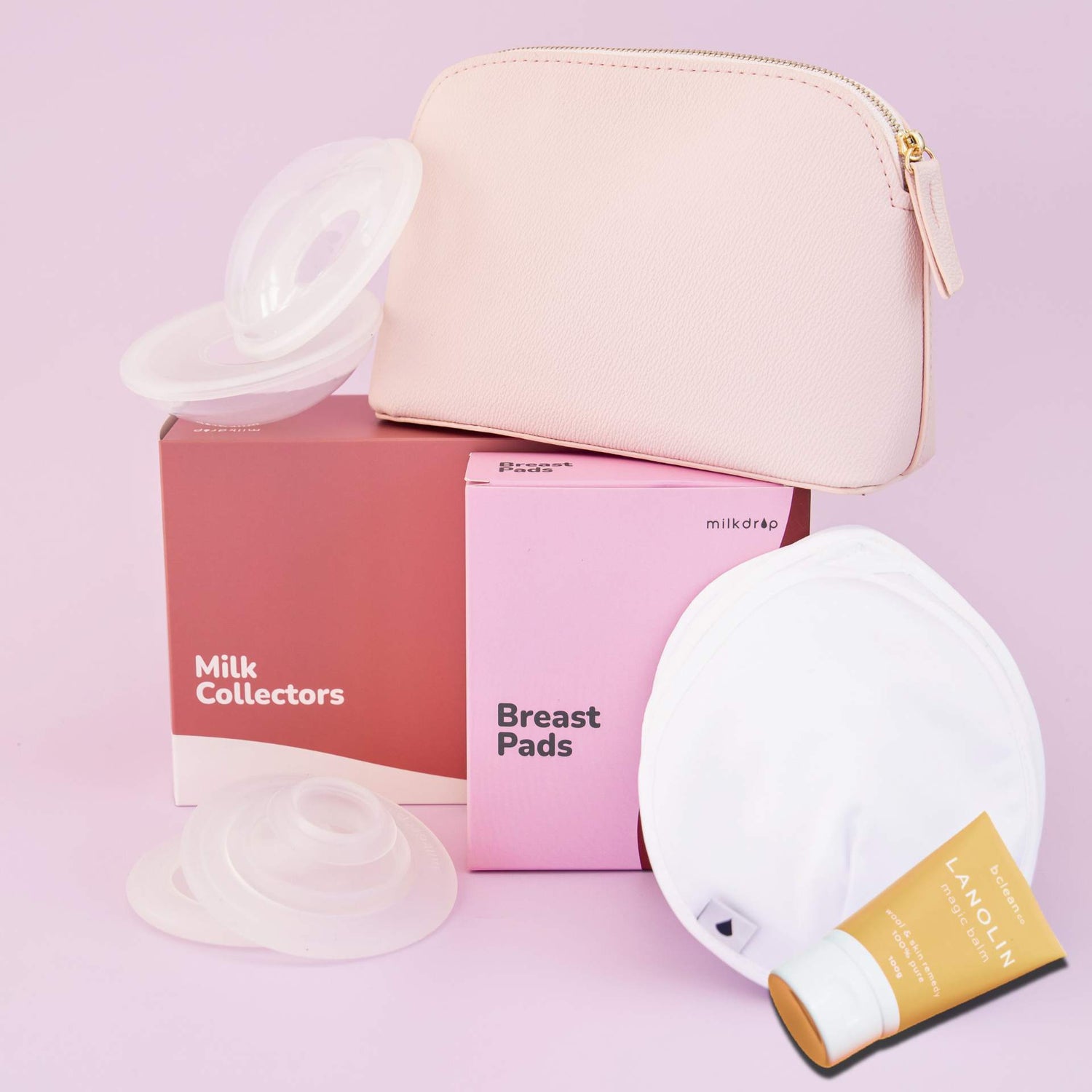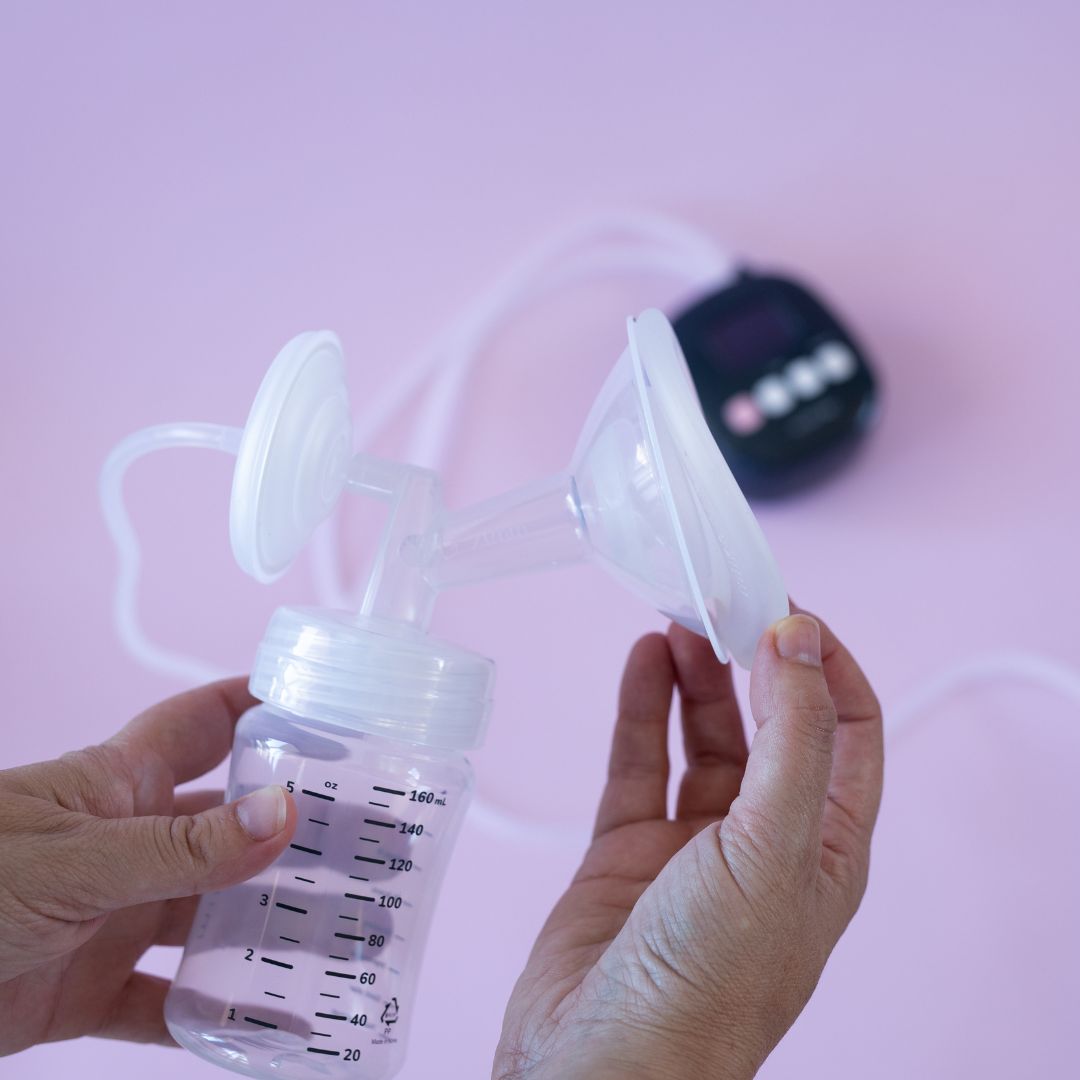Pumping doesn’t have to suck and you certainly do not have to put up with pain or discomfort while expressing for your baby. Breast pumping can be an essential part of providing for your baby, but it can also be uncomfortable or even painful for some mothers. Here are some tips for reducing pain while pumping.
Adjust your flange size
Make sure your breast shield (flange) fits well. If it's too big or too small, it can cause pain or reduce your milk flow. Getting this right early on can be a huge help in your pumping journey.
Change your pumping position
Experiment with different positions while pumping, such as leaning forward or back, to see if one feels more comfortable than another. This will be up to individual preference, so try a few different positions to see what works.
Apply heat
Applying heat to your breasts before pumping can help stimulate milk flow and reduce pain. You can warm your Milkdrop cushion before use or have a warm shower or bath.
Massage your breasts
Gently massage your breasts while pumping to help stimulate milk flow and reduce discomfort. Massage should be gentle and not deep tissue, for some tips on how to safely massage your breasts with a lactation massager have a look at our guide here. Our lactation massager is the perfect size and shape for a convenient lactation massage.
Take breaks
If you feel pain, take a break and then resume pumping when you feel more comfortable. You do not have to grit your teeth and put up with pain - your comfort is important!
Use a moisturising cream
Dry or cracked nipples can be painful. Use a moisturising cream or ointment, such as lanolin, to soothe your skin and prevent chafing. We love this nipple cream by Mere Botanicals.
Consult with a lactation consultant
If you continue to experience pain while pumping, consider reaching out to a lactation consultant. They can help you troubleshoot any issues and ensure you are using the correct technique. You can find a lactation consultant in your area here.
Remember, every mother is different, and what works for one may not work for another. Experiment with these tips and see what works best for you. If the pain continues, be sure to talk to your doctor to rule out any underlying issues.



